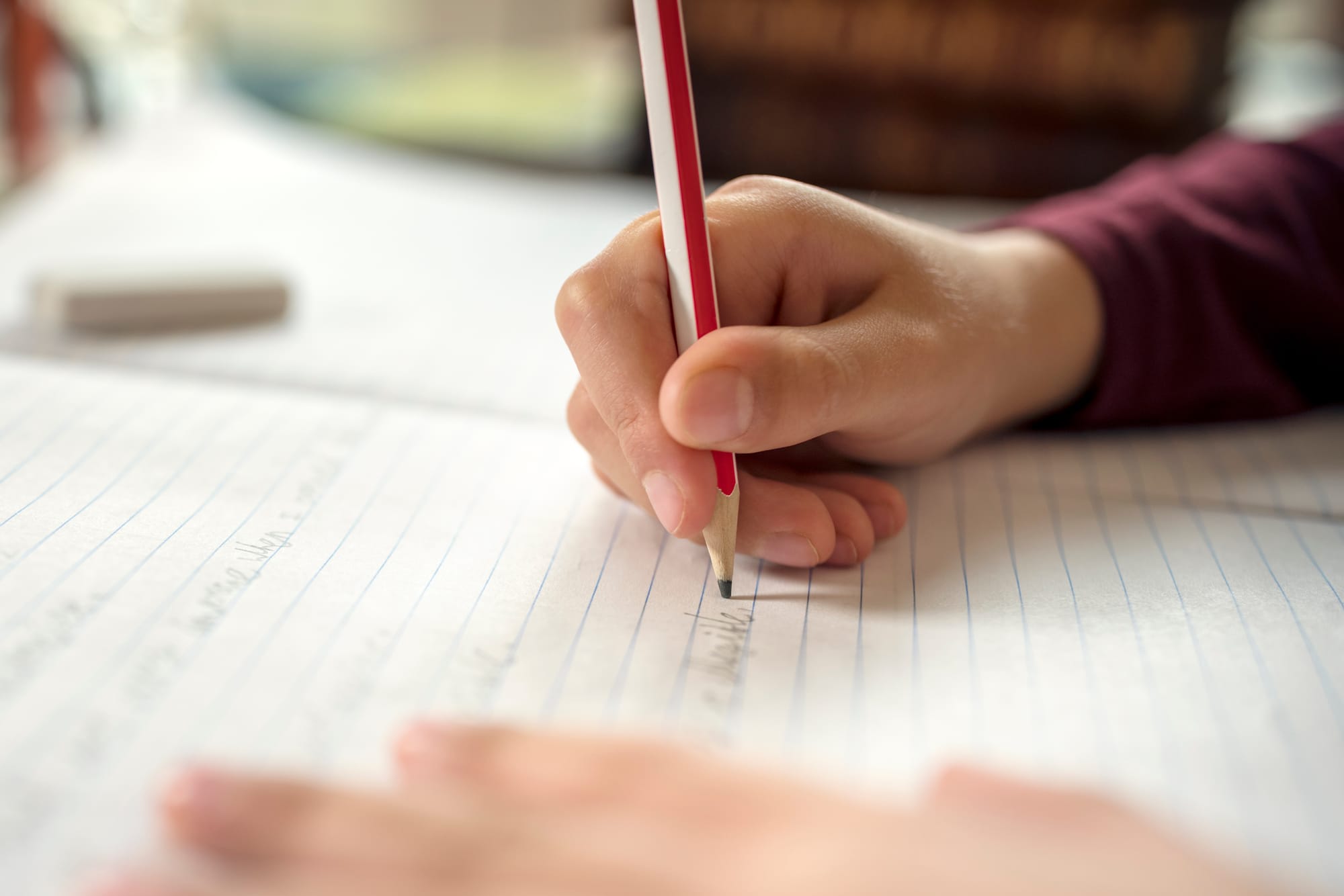Top 10 Strategies for Supporting Dyslexic Students in the Classroom

Introduction
Dyslexia is a common learning difficulty that primarily affects the skills involved in accurate and fluent word reading and spelling. Characterized by difficulties with phonological processing, verbal memory, and verbal processing speed, dyslexia can pose significant challenges in a traditional educational setting. Supporting dyslexic students effectively not only enhances their learning experience but also builds their self-esteem and helps in their overall educational and personal development. Here are the top 10 strategies educators can employ to support dyslexic students in the classroom.
1. Use Multi-Sensory Teaching Methods
One of the most effective techniques in teaching dyslexic students is the use of multi-sensory teaching methods. These methods engage more than one sense at a time, which helps in solidifying the learning process. For instance, reading can be paired with audio books and visual aids; kinetic sand or shaving foam can be used to help form letters and words, aiding visual, auditory, and tactile learning simultaneously.
2. Provide Structured and Systematic Phonics Instruction
Phonics is critical for helping dyslexic students understand and manipulate patterns between spoken and written language. Using systematic and explicit phonics programs can aid students in building their decoding skills, significantly easing reading difficulties. Structured phonics instruction involves teaching letter-sound relationships in a clearly defined sequence and providing ample opportunities for practice.
3. Make Use of Assistive Technology
Technology can play a transformative role in helping dyslexic students overcome learning barriers. Text-to-speech software, audio books, and speech recognition tools not only allow these students to access material in non-traditional ways but also aid in completing assignments that would otherwise be overwhelming. Tablets and computers with specialized software that highlight text as it is read aloud can be particularly effective.
4. Offer Differentiated Instruction
Differentiated instruction tailors teaching environments and practices to meet the diverse needs of students. For dyslexic students, this might involve providing handouts with simplified text, using graphic organizers, or giving oral rather than written instructions. Allowing for different ways to complete an assignment—such as creating a video, giving an oral presentation, or building a model—can also be beneficial.
5. Create a Supportive Classroom Environment
The classroom environment can significantly impact a dyslexic student's learning experience. Teachers can foster a supportive space by using clear, consistent routines and visually clear, clutter-free spaces. Additionally, setting positive behavioral expectations and focusing on strengths rather than weaknesses will encourage a growth mindset among all students.
6. Employ Explicit Teaching Strategies
Explicit teaching involves being clear about what's going to be taught, giving direct and straightforward instructions, and breaking down larger tasks into smaller, manageable steps. This clarity helps dyslexic students follow lessons and understand expectations, increasing the likelihood of successful learning outcomes.
7. Provide Timely and Specific Feedback
Feedback is crucial for all students, but especially for those with dyslexia who might find certain academic tasks daunting. Timely and specific feedback can help guide them through the learning process and make adjustments where necessary. It is important that the feedback is constructive and aimed at effort and strategy rather than innate ability.
8. Allow Additional Time for Tasks
Dyslexic students often require more time to process information, read text, and complete assignments. Providing additional time for tests and assignments can relieve the pressure they might feel and allow them to demonstrate their understanding and knowledge properly. This accommodation does not lower standards but rather provides an equal opportunity to succeed.
9. Focus on Strengths and Interests
Every student has unique strengths and interests, including those with dyslexia. Integrating these strengths and interests into the learning process can motivate and engage dyslexic students. It helps them connect learning with areas they are passionate about, potentially improving attention and retention.
10. Regular Review and Practice
Regular review and reinforcement are essential, especially for mastering new concepts. For dyslexic students, frequent revision helps in cementing the knowledge and developing confidence. Incorporating review sessions into the classroom routine can provide these students with the necessary practice to stay on track with their learning goals.
Conclusion
Implementing these strategies involves a commitment to understanding and addressing the specific needs of dyslexic students. Here, the goal is to create an inclusive classroom where differences are respected and learning is made accessible to all. By adopting these top 10 strategies, educators can make a considerable difference in the educational journey of students with dyslexia, helping them to thrive academically and personally.